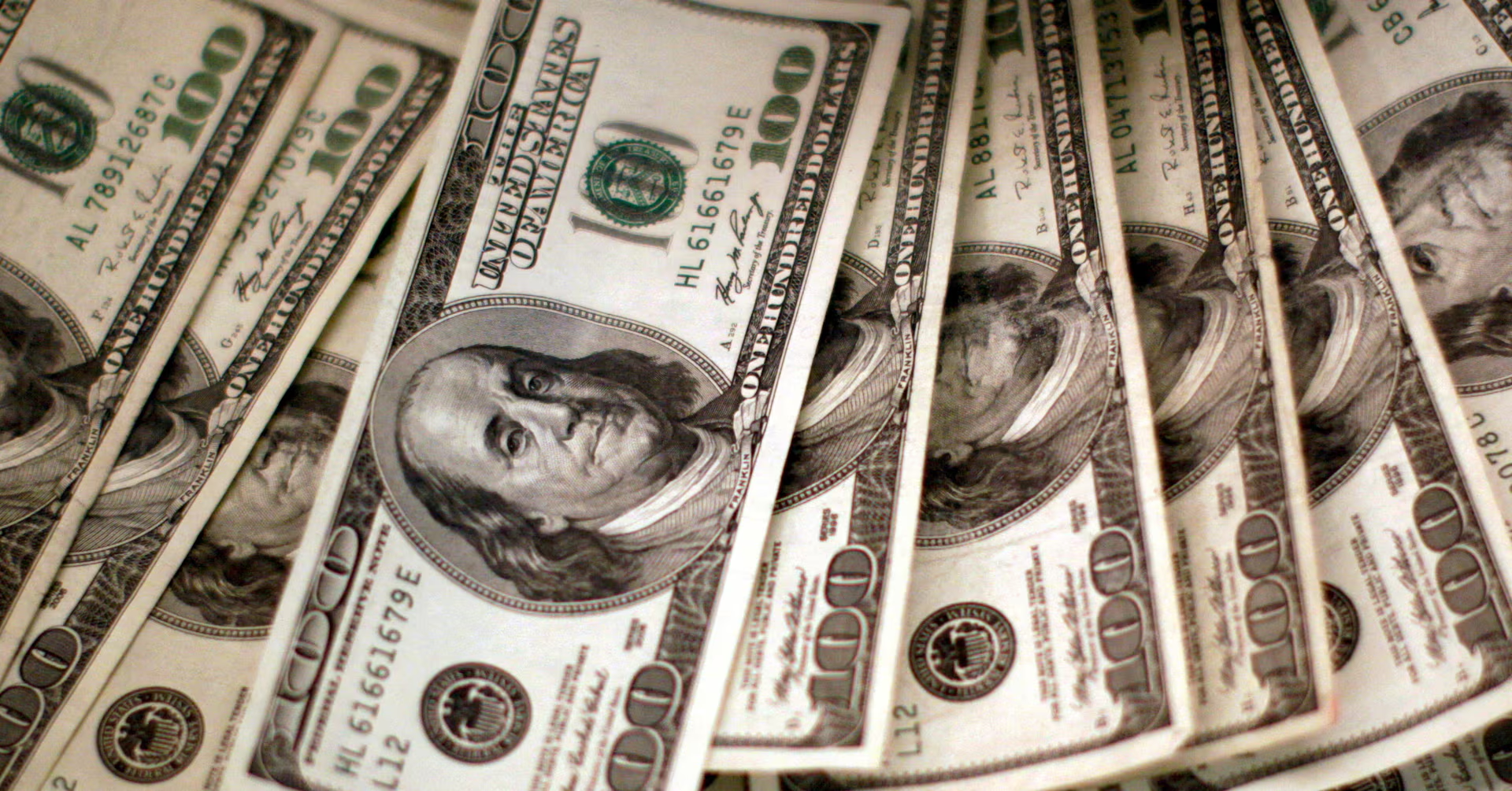The US dollar weakened on Wednesday after the Federal Reserve held interest rates steady but signaled a potential rate cut as early as September. The dollar index fell to 103.92, down 0.34% at 104.09, on track for a monthly loss of 1.7%.
Fed Chair Jerome Powell stated that an interest rate cut could be considered in September if inflation aligns with expectations, growth remains strong, and the labor market stays stable. The Fed maintains its data-dependent approach and has not made decisions about future meetings.

Traders have fully priced in a September rate cut, with expectations of a second and possible third cut by year-end. The next significant US economic release influencing Fed policy will be Friday’s government jobs report for July, with economists expecting 175,000 new jobs.
The Japanese yen hit a four-month high against the dollar after the Bank of Japan raised rates to 0.25% from 0-0.1%, the largest increase since 2007. The dollar was down 1.87% at 149.91 yen, reaching as low as 149.63. Japanese authorities spent 5.53 trillion yen ($36.8 billion) intervening in the foreign exchange market this month to boost the currency.

In other currency movements, the Australian dollar fell to a three-month low of $0.6480 following softer core inflation data. The euro gained 0.05% to $1.082, set for a roughly 1% gain in July. The pound rose 0.11% to $1.2848, heading for a monthly gain of 1.5%.
The cryptocurrency market also saw movement, with Bitcoin falling 0.77% to $65,668.
These currency fluctuations reflect the impact of central bank decisions and economic data on the forex market. Traders are closely watching for signs of future monetary policy shifts, particularly from major central banks like the Federal Reserve and the Bank of Japan.
The ADP National Employment Report released on Wednesday showed that private payrolls rose by 122,000 jobs this month, below economists’ expectations for 150,000 job gains. This data, along with Friday’s upcoming government jobs report, will be crucial in shaping expectations for the Fed’s next moves.
As the global economic landscape continues to evolve, currency markets remain sensitive to policy decisions and economic indicators. The recent moves in the dollar, yen, and other major currencies underscore the interconnected nature of global finance and the significant role that central bank policies play in shaping market dynamics.



